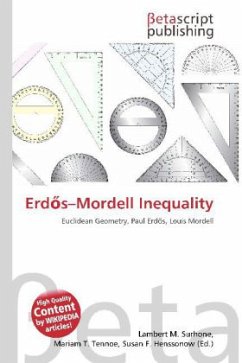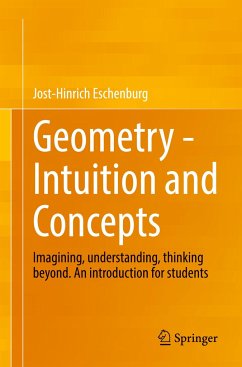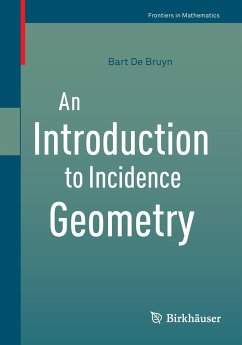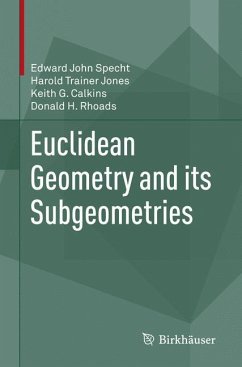
De Bruijn Erd's Theorem (incidence geometry)
Versandkostenfrei!
Versandfertig in 6-10 Tagen
26,99 €
inkl. MwSt.

PAYBACK Punkte
13 °P sammeln!
High Quality Content by WIKIPEDIA articles! In incidence geometry, the De Bruijn Erd s theorem, originally published by Nicolaas Govert de Bruijn and Paul Erd s (1948), states a lower bound on the number of lines determined by n points in a projective plane. By duality, this is also a bound on the number of intersection points determined by a configuration of lines. Although the proof given by De Bruijn and Erd s is combinatorial, De Bruijn and Erd s noted in their paper that the analogous (Euclidean) result is a consequence of the Sylvester Gallai theorem, by an induction on the number of poi...
High Quality Content by WIKIPEDIA articles! In incidence geometry, the De Bruijn Erd s theorem, originally published by Nicolaas Govert de Bruijn and Paul Erd s (1948), states a lower bound on the number of lines determined by n points in a projective plane. By duality, this is also a bound on the number of intersection points determined by a configuration of lines. Although the proof given by De Bruijn and Erd s is combinatorial, De Bruijn and Erd s noted in their paper that the analogous (Euclidean) result is a consequence of the Sylvester Gallai theorem, by an induction on the number of points.












